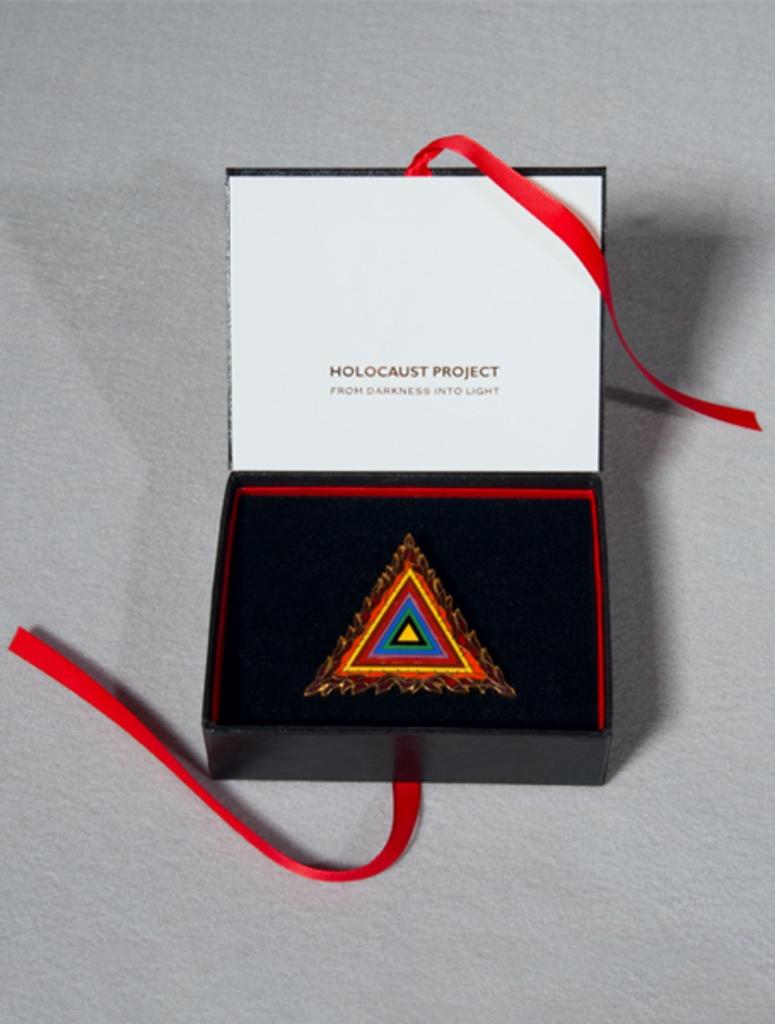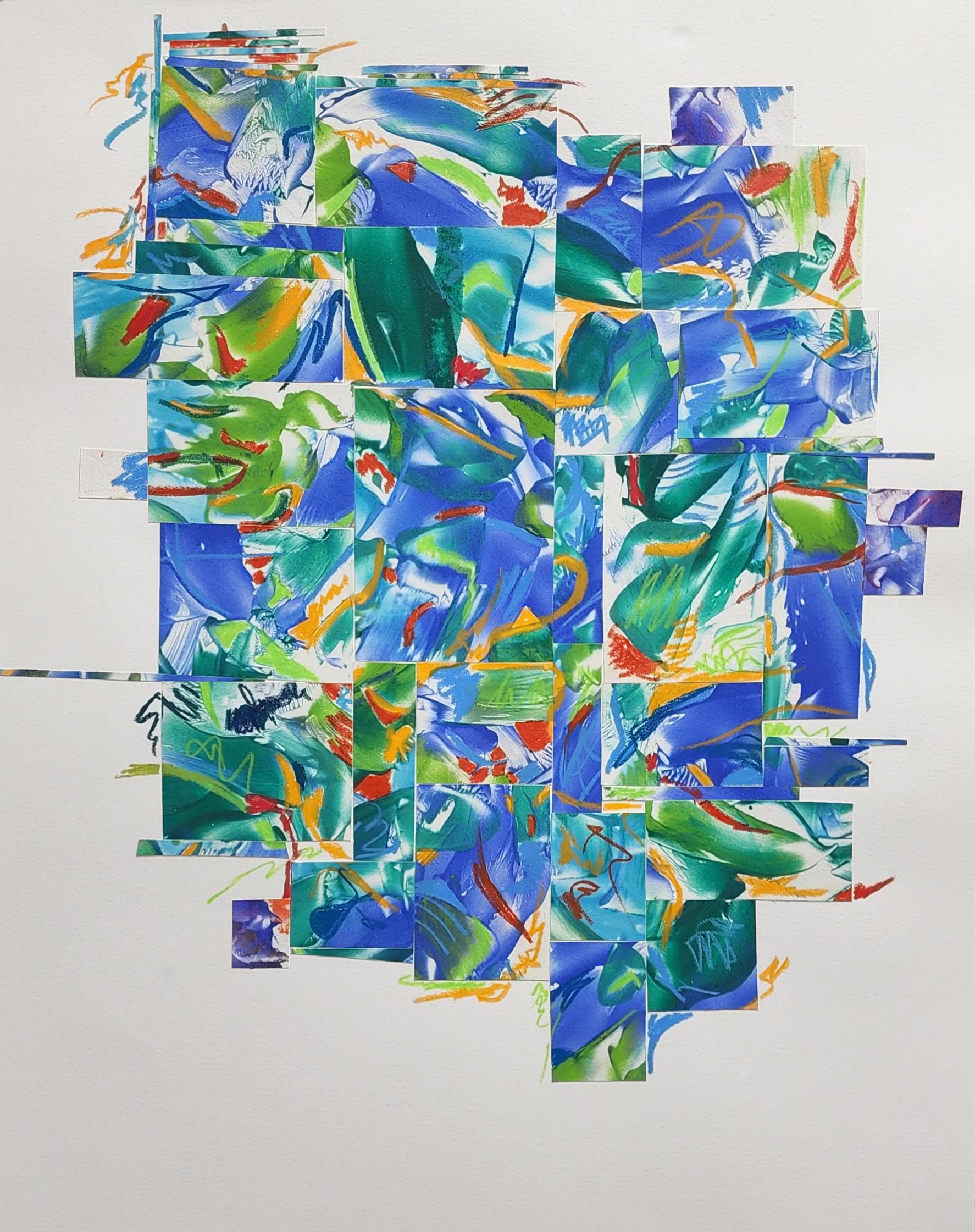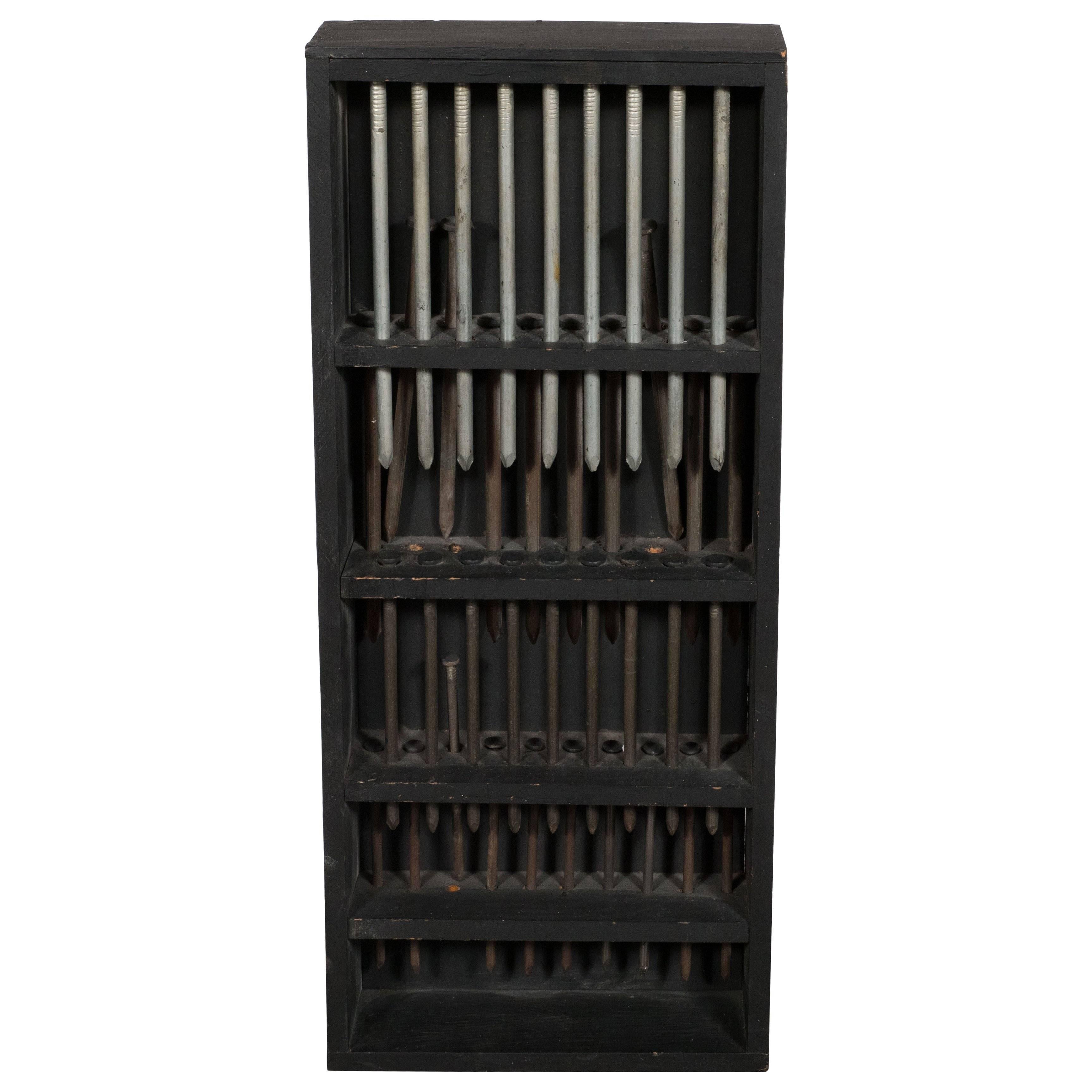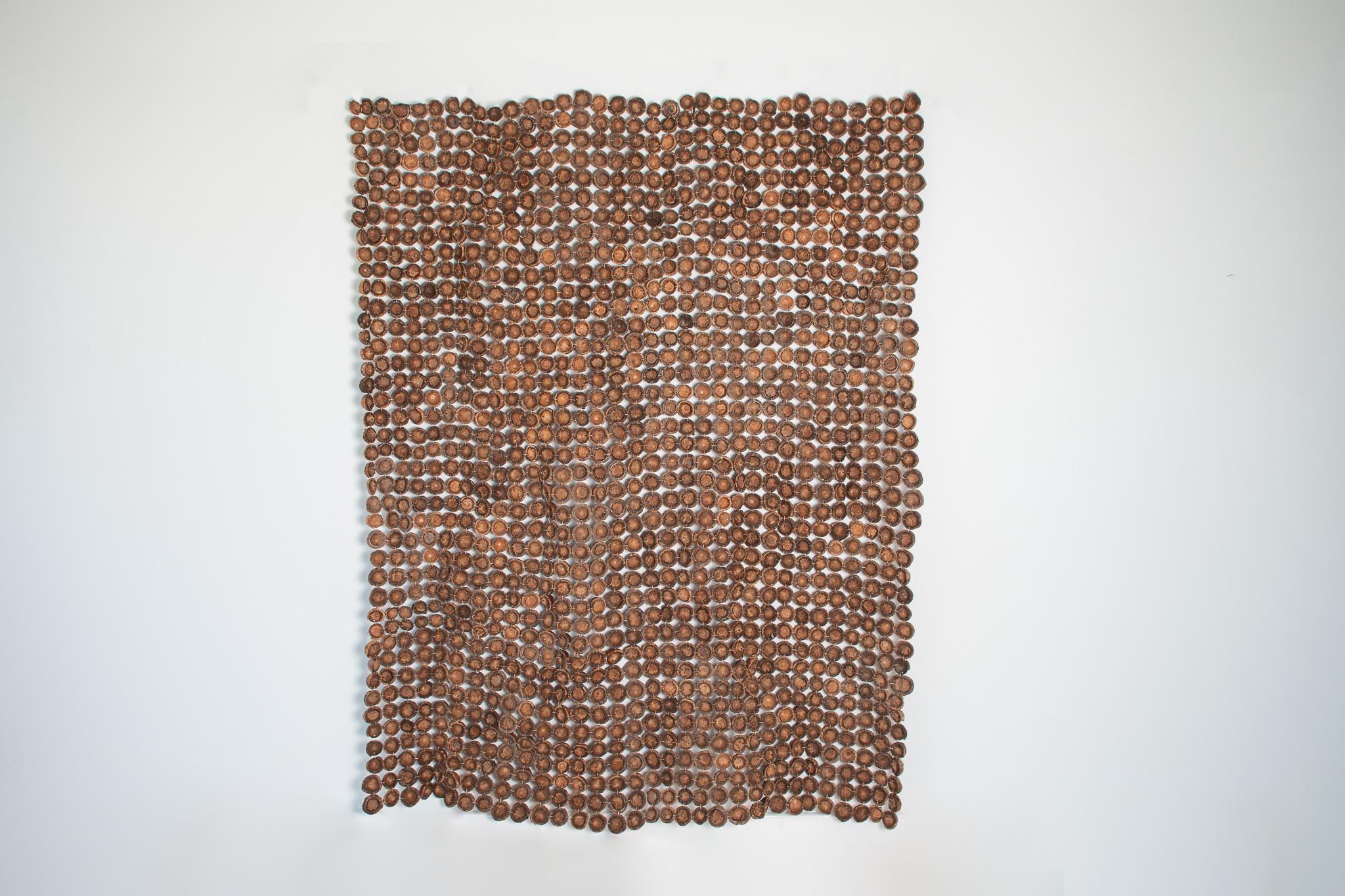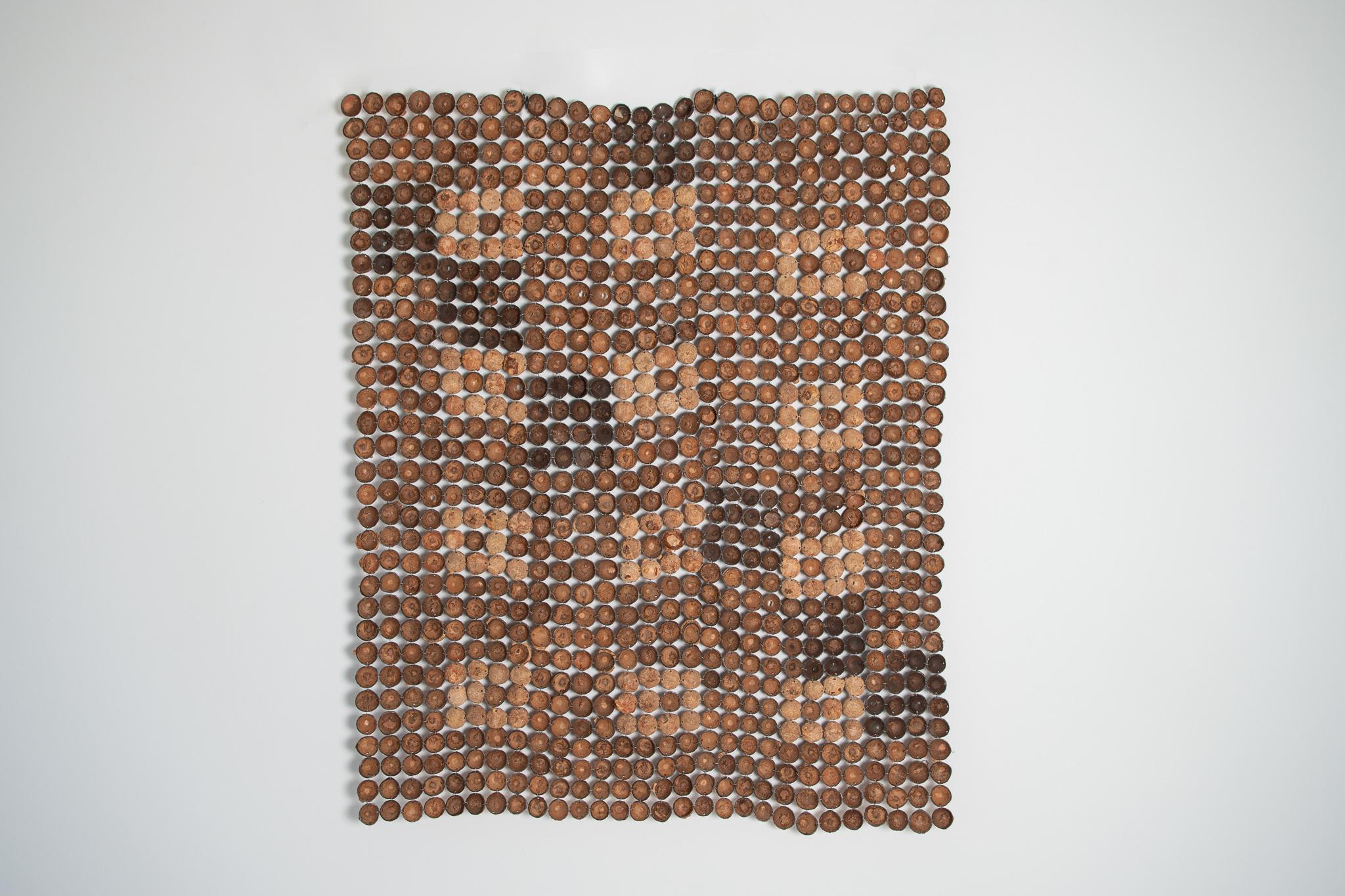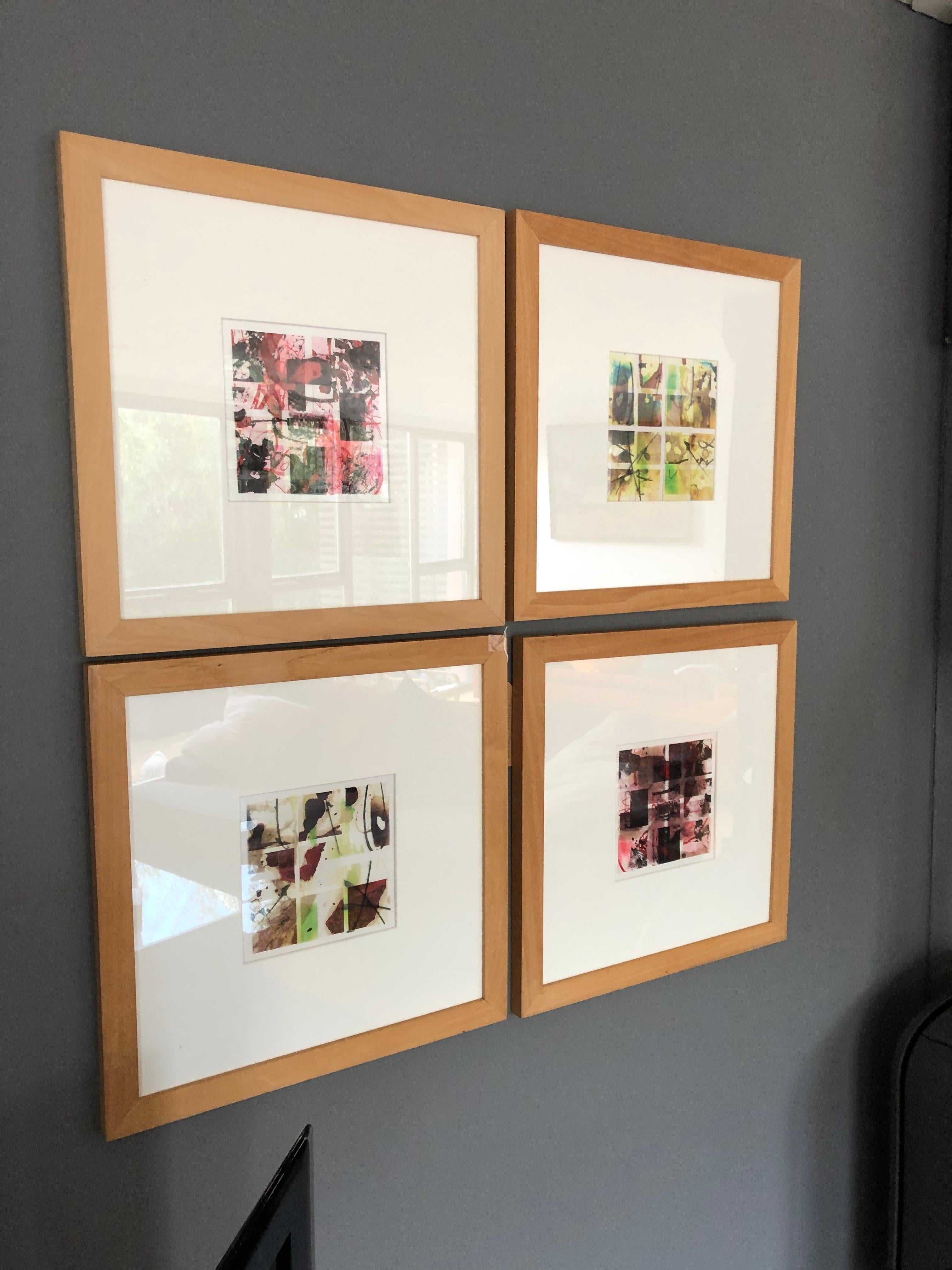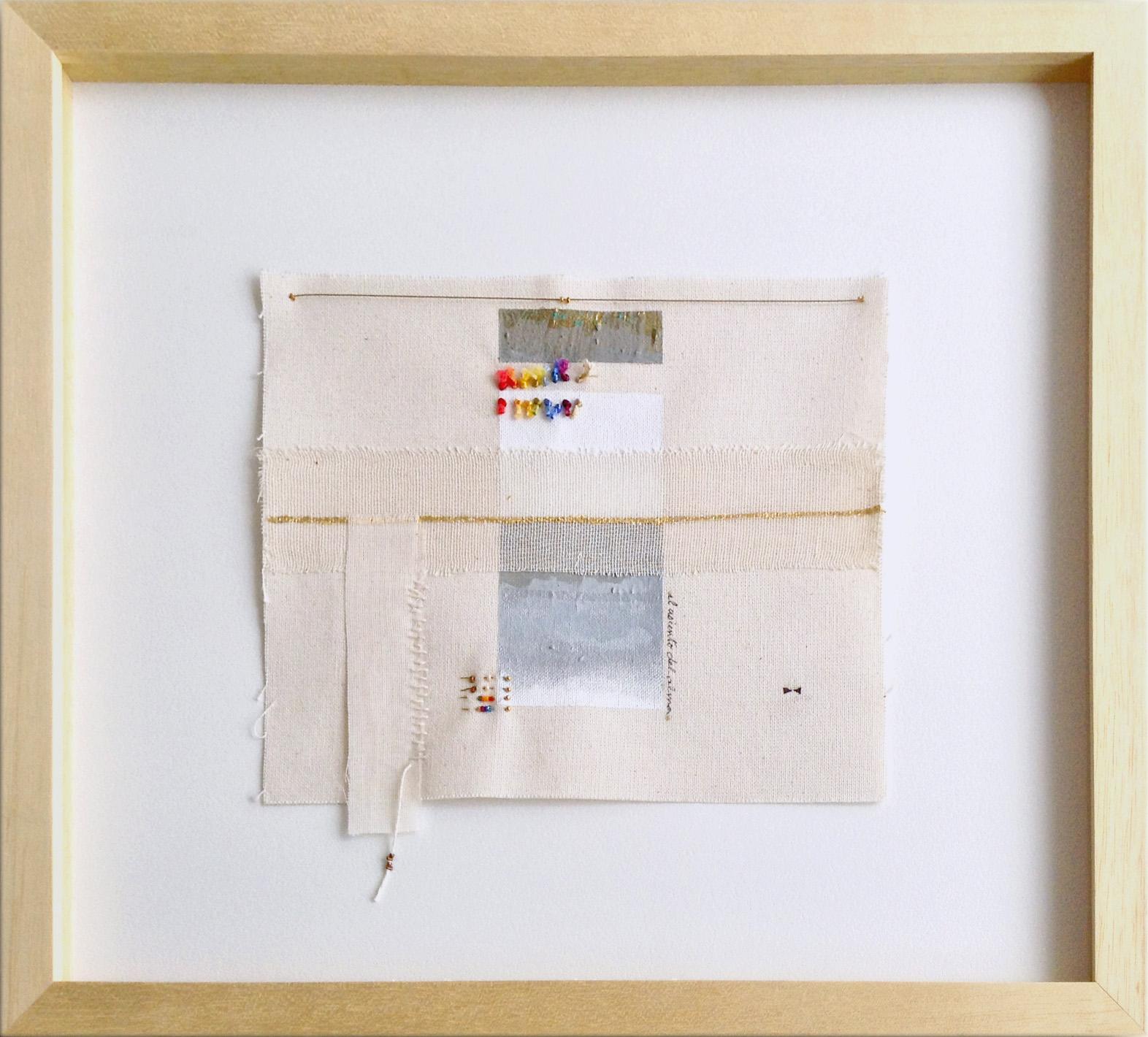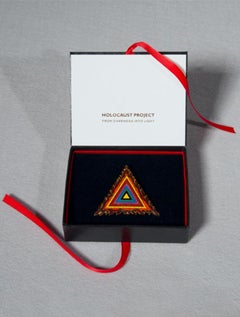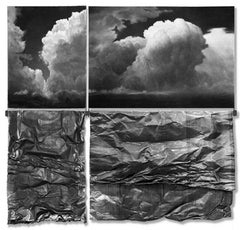
Silver and Blue
View Similar Items
1 of 1
Tracey ThorntonSilver and Blue
About the Item
- Creator:Tracey Thornton (British)
- Dimensions:Height: 38.19 in (97 cm)Width: 28.35 in (72 cm)Depth: 0.08 in (2 mm)
- Medium:
- Movement & Style:
- Period:
- Condition:
- Gallery Location:London, GB
- Reference Number:Seller: Tracey Thornton, Silver and Blue1stDibs: LU43631130483
You May Also Like
- Holocaust Remembrance Logo Pin and PendantBy Judy ChicagoLocated in New York, NYJudy Chicago Logo Pin and Pendant, 1993 Enameled pin with pendant loop in original presentation box 2 1/2 × 2 1/2 × 1/5 inches Judy Chicago's incised name and date on the verso Comes in original presentation gift box Poignant enameled Holocaust Project Logo pin & pendant based on the logo designed by Judy Chicago for the Holocaust Project: From Darkness into Light More about pioneering artist Judy Chicago Judy Chicago (born Judith Sylvia Cohen; July 20, 1939) is an American feminist artist, art educator, and writer known for her large collaborative art installation pieces about birth and creation images, which examine the role of women in history and culture. During the 1970s, Chicago founded the first feminist art program in the United States at California State University, Fresno (formerly Fresno State College) which acted as a catalyst for feminist art and art education during the 1970s. Her inclusion in hundreds of publications in various areas of the world showcases her influence in the worldwide art community. Additionally, many of her books have been published in other countries, making her work more accessible to international readers. Chicago's work incorporates a variety of artistic skills, such as needlework, counterbalanced with skills such as welding and pyrotechnics. Chicago's most well known work is The Dinner Party, which is permanently installed in the Elizabeth A. Sackler Center for Feminist Art at the Brooklyn Museum. The Dinner Party celebrates the accomplishments of women throughout history and is widely regarded as the first epic feminist artwork. Other notable art projects by Chicago include International Honor Quilt, Birth Project, Powerplay, and The Holocaust Project. She is represented by Jessica Silverman...Category
1990s Abstract Geometric Mixed Media
MaterialsMetal, Enamel
- Window 1 : collage work of artLocated in New York, NYContemporary collage by Anne-Joëlle Galley. Anne-Joëlle’s works predominantly with collage, collage-paintings, paintings, and monotypes. The artist studied in Europe, joining var...Category
2010s Abstract Mixed Media
MaterialsMixed Media, Paper, Oil Pastel, Monotype
- Dante's GapBy Alberto Montaño MasonLocated in Cuernavaca, MorelosDigital Print Mounted on Acrylic and Lead, Galvanized Pipe and CapsCategory
21st Century and Contemporary Abstract Geometric Mixed Media
MaterialsMetal
- Sculpture on Wall, Installation, Migrant Diptych IBy Alberto Montaño MasonLocated in Cuernavaca, MorelosNanotechnology Material, Lead, Galvanized Pipe and Caps on Aluminum Exhibited at the International Art Fair, Zona Maco 2019 in Mexico City. Exhibited at Mana Contemporary at Jersey ...Category
21st Century and Contemporary Abstract Geometric Mixed Media
MaterialsMetal
- Untitled- Metal and Painted Wood Construction, in the Style of Louise NevelsonBy Ladislas SegyLocated in New York, NYThis dynamic mixed media construction was realized by the esteemed American artist Ladislas Segy (1904-1988)- whose work is represented in the collection of the Brooklyn Museum of Ar...Category
1960s Abstract Mixed Media
MaterialsMixed Media
- Dominance, Fillipus Sheehama, Mixed media: makalani nut piths, metal, plasticBy Fillipus SheehamaLocated in Windhoek, NADominance, 2021. Mixed Media: Makalani nut piths, plastic and metal Fillipus Sheehama's latest large-scale sculptural textiles have grown out of an exploration of recycled materials and their link to overconsumption. The materials are sourced from under-maintained and largely impoverished areas of Namibia. His artistic process has evolved to incorporate organic waste materials. Indigenous makalani fruits are often used as a food source and to brew alcohol. In these works the discarded makalani piths are cut in half and hand-stitched together alongside flattened metal bottle caps and shards of animal bone. The use of these discarded materials also points to the agricultural processes that sustain subsistence farmers. Sheehama highlights issues of land (re)distribution as years of Apartheid and colonialism carved up and cut off access to much of the arable land in Namibia, leaving the majority of the population scrambling for resources. The patchwork of different materials and textures speaks to the segregation of land and people, and the need to use our natural resources and knowledge to unify for a more just and fair society. Each artwork is both a reflection of society as well as a critique of contemporary living. He is preoccupied with ideas of wholeness, thinking about the relationship between individual and collective identity. The materials he chooses to use en masse- discarded bottle tops, plastics, old school desks...Category
2010s Abstract Mixed Media
MaterialsWire
